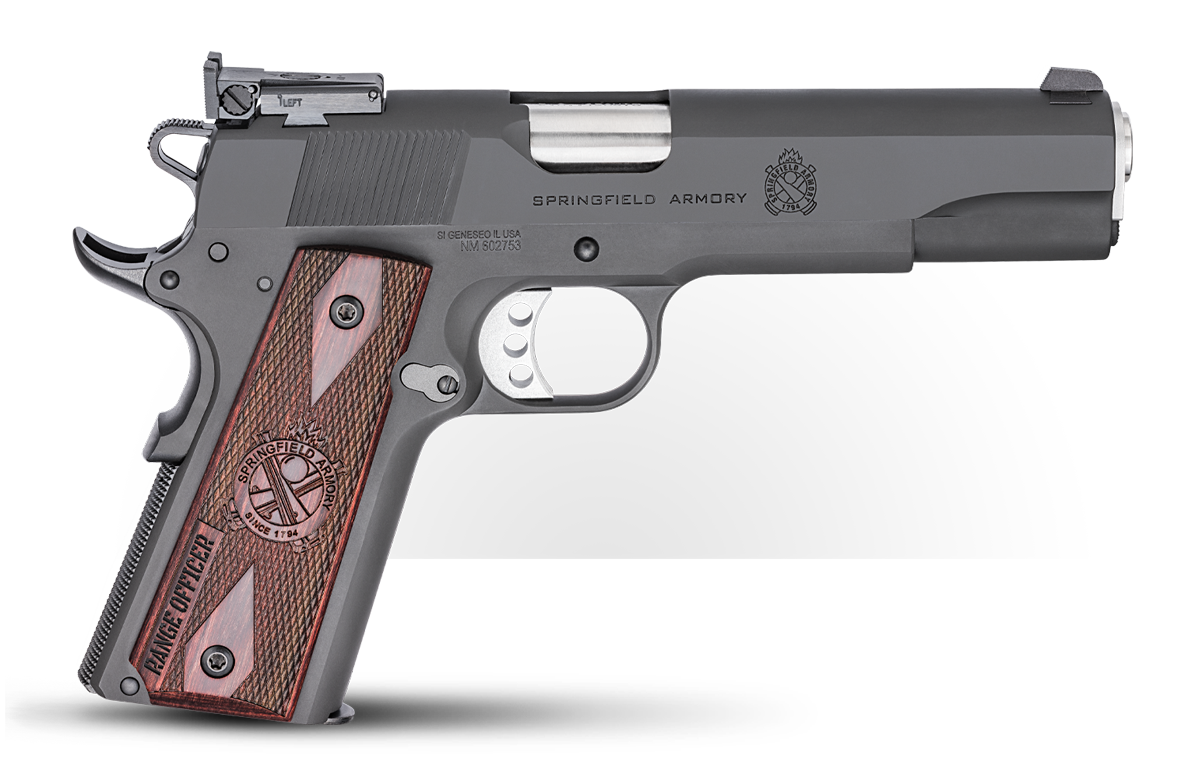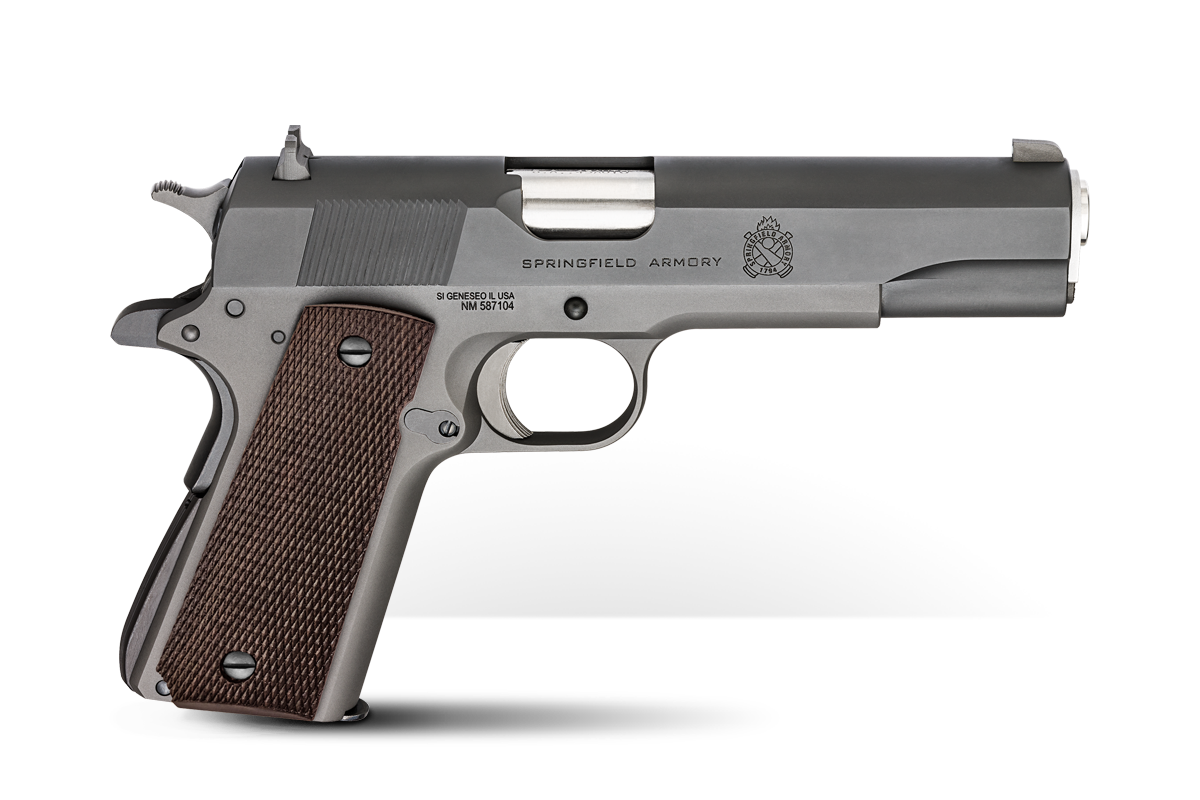Ayoob’s 10K Round 1911
January 17th, 2020
6 minute read
Toward the end of 2010, Springfield Armory sent me what they told me was the first Range Officer pistol to leave the factory. It tested so well I sent Springfield a check and kept it. Within a couple of years, it had become my most frequently carried 1911 .45.
Going on a decade later, I’m convinced the Range Officer is the best buy available today in a sub-$1,000 MSRP 1911 pistol. Here’s why.
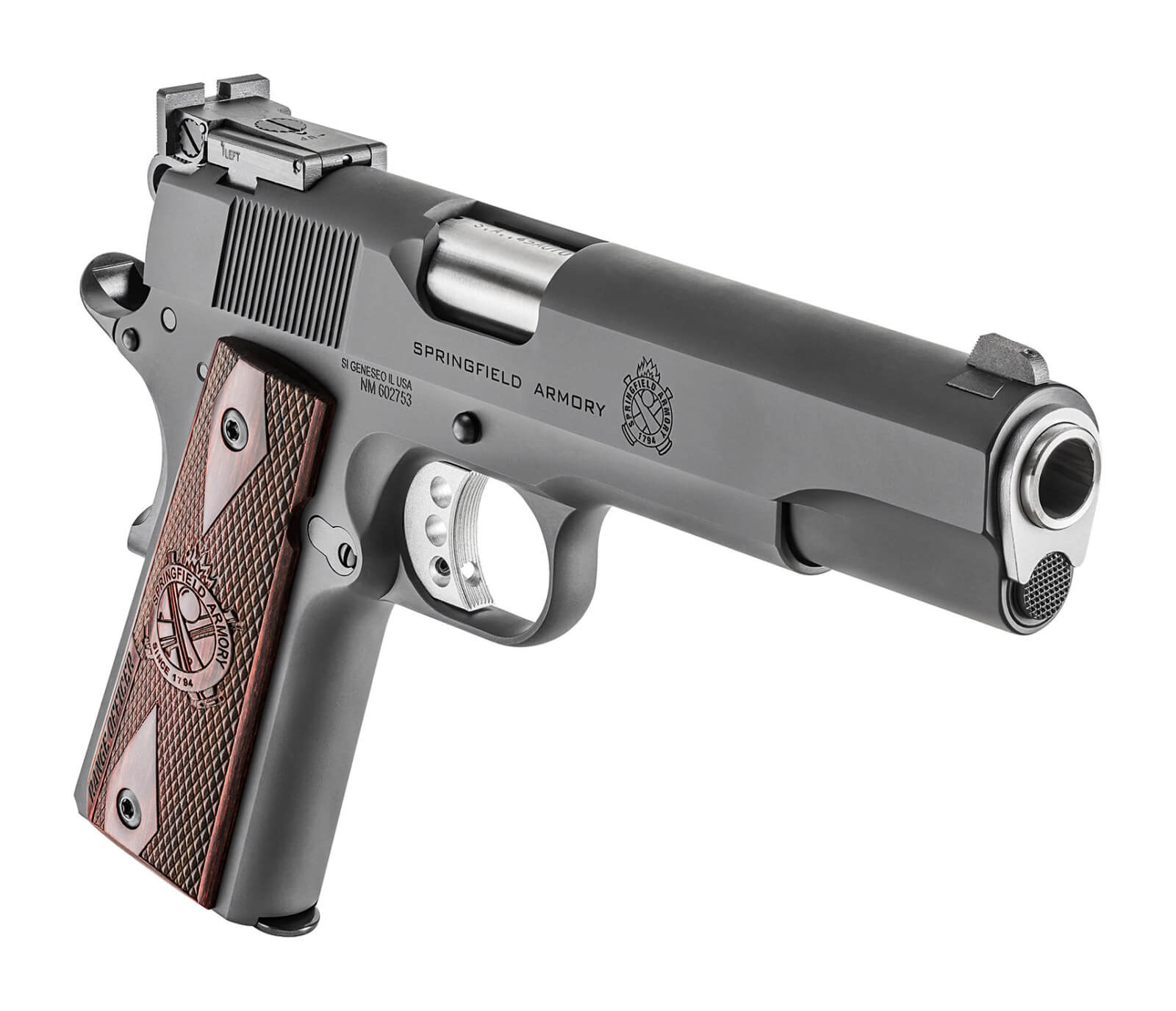
Concept
Springfield’s Range Officer in its original format filled a niche in the 1911 market. It’s what’s called by some target shooters a “hardball gun.” Reliable enough to take into combat, but accurate enough to win a pistol match. A trigger pull sweet enough to win such a match, but not so light as to constitute a “dangerous hair trigger” in any valid sense of the term.
A Springfield basic 1911 Mil-Spec model is what’s sometimes called an “entry gun” — that is, a good first pistol for someone who wants to get started with that platform. A big step up, the Range Officer might be called an “entry gun for the serious shooter.” Springfield explained to me at the time that it was designed to be an affordable 1911 that would be perfect for people interested in getting into competition.
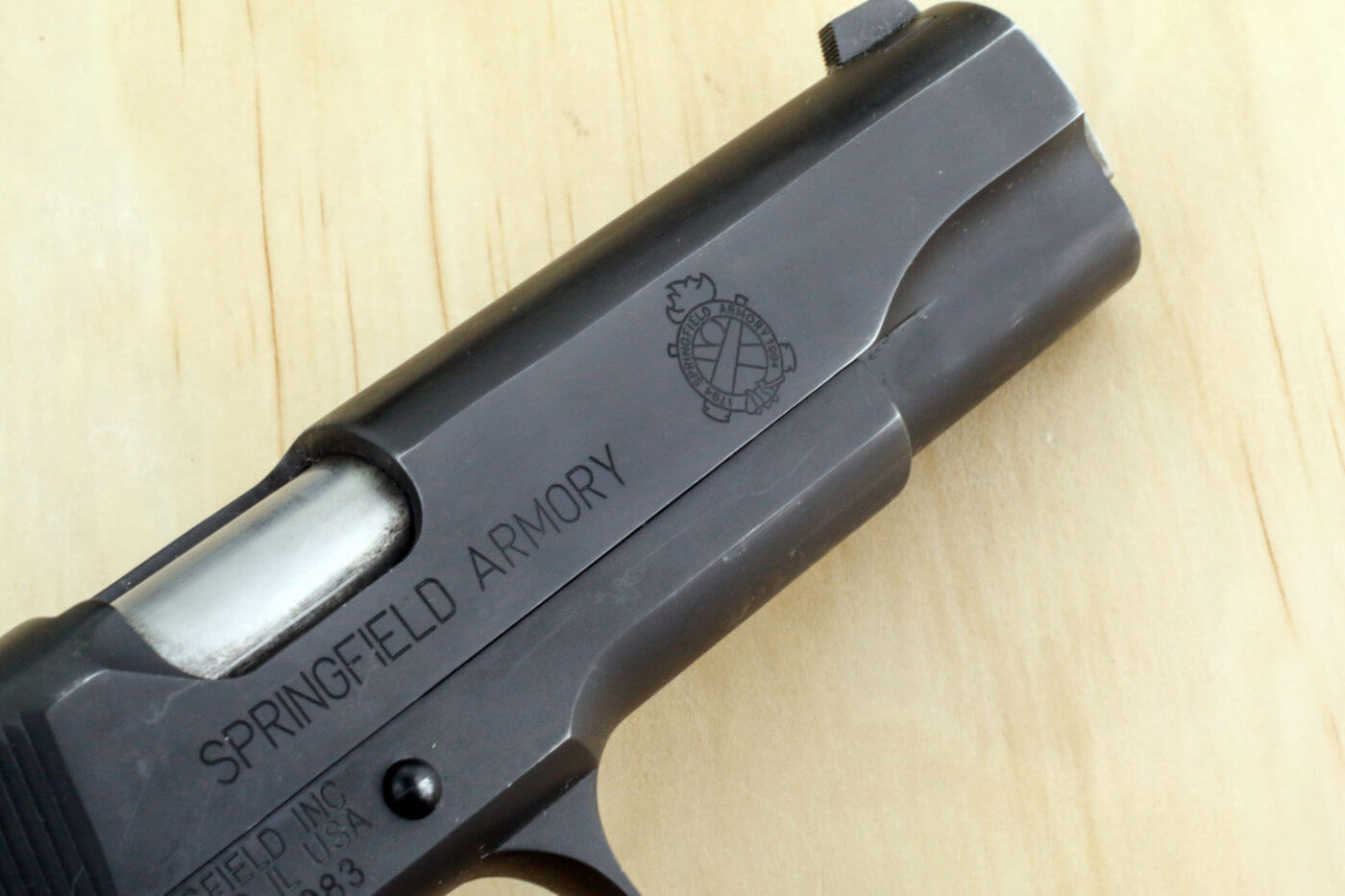
The build quality is high. As they explained to me then, “It is designed to the same specifications and tolerances as our Trophy Match and TRP models. We removed all of the ‘extras’ to keep costs down and the quality up.”
The Range Officer is to Springfield’s higher-priced pistols what Smith & Wesson’s Highway Patrolman of 1954 was to their super-deluxe .357 Magnum that later became the Model 27. Those big wheelguns were identical in performance, but the expensive ones were fancier. It made the late, lamented Highway Patrolman one of the “best buy” handguns of all time. The same dynamics are true in the 1911 world with Springfield’s Range Officer.
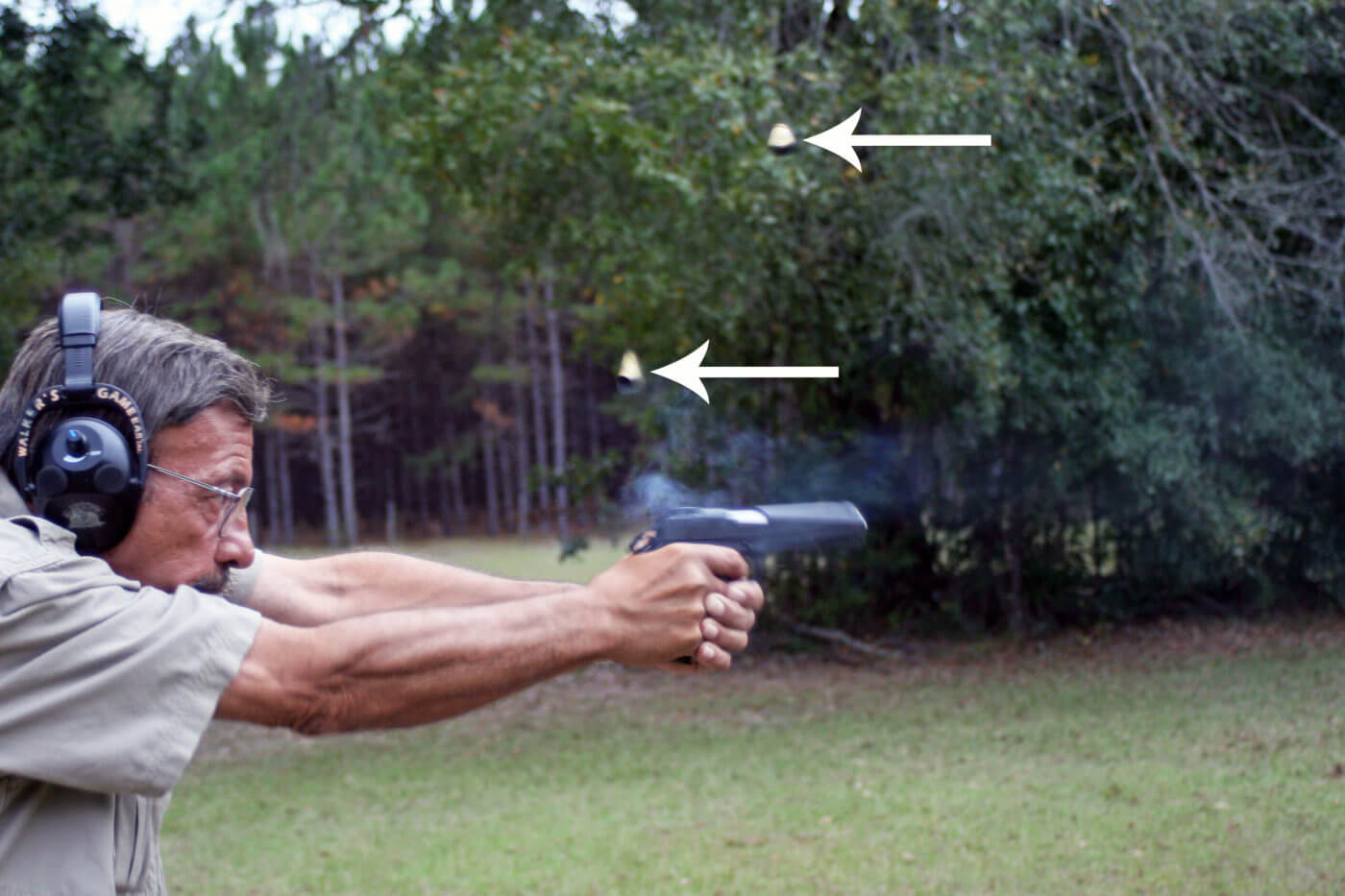
Features
A National Match barrel, match-grade aluminum trigger, beavertail grip safety, and slightly oversized thumb safety all come standard with the Range Officer. A gray Parkerized finish lowers the cost of manufacture and therefore the end-users’ cost of purchase. Its adjustable sights are both rugged and precise. The .45 ACP is a versatile cartridge, but different loads will shoot to different points of aim/points of impact (POA/POI).
A 230-gr. FMJ or hollowpoint will hit to about the same spot, even with the hot 230-gr. +P loadings like Federal’s superb HST. But 185-gr. +P, which shoots flatter at 50 or even 100 yards, will require a sight change or some hold-off. Softer target loads will have yet another POA/POI coordinate, which is why I appreciate adjustable sights on an all-around .45. Even in the subsequently offered 9mm chambering, 147-gr. subsonic will generally print higher than 124- or 115-gr. loads.
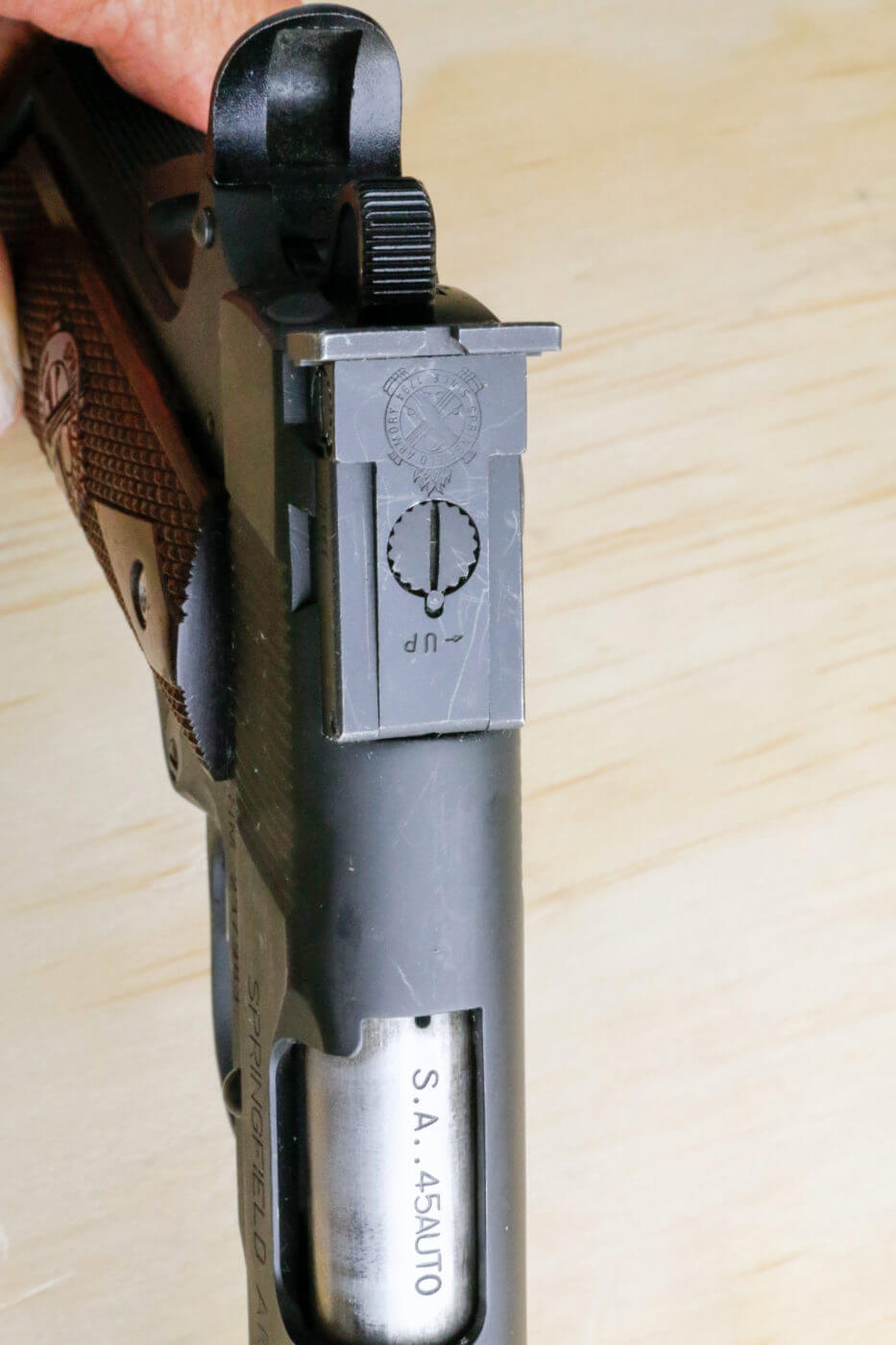
Performance
With a trigger pull that settled in at a steady 4.5 pounds, my Range Officer has been a “shootin’ machine” that required absolutely zero gunsmith attention. It had been sighted in at the factory, and the rugged adjustable sights have only known the kiss of the screwdriver when I changed between .45 ACP loads.
Accuracy was quite good for a “target/service” genre of pistol designed to avoid the finicky feeding of super-tight pure match grade 1911s. Five-shot groups from a Caldwell Matrix rest at 25 yards ran an average of 2″ or tighter.
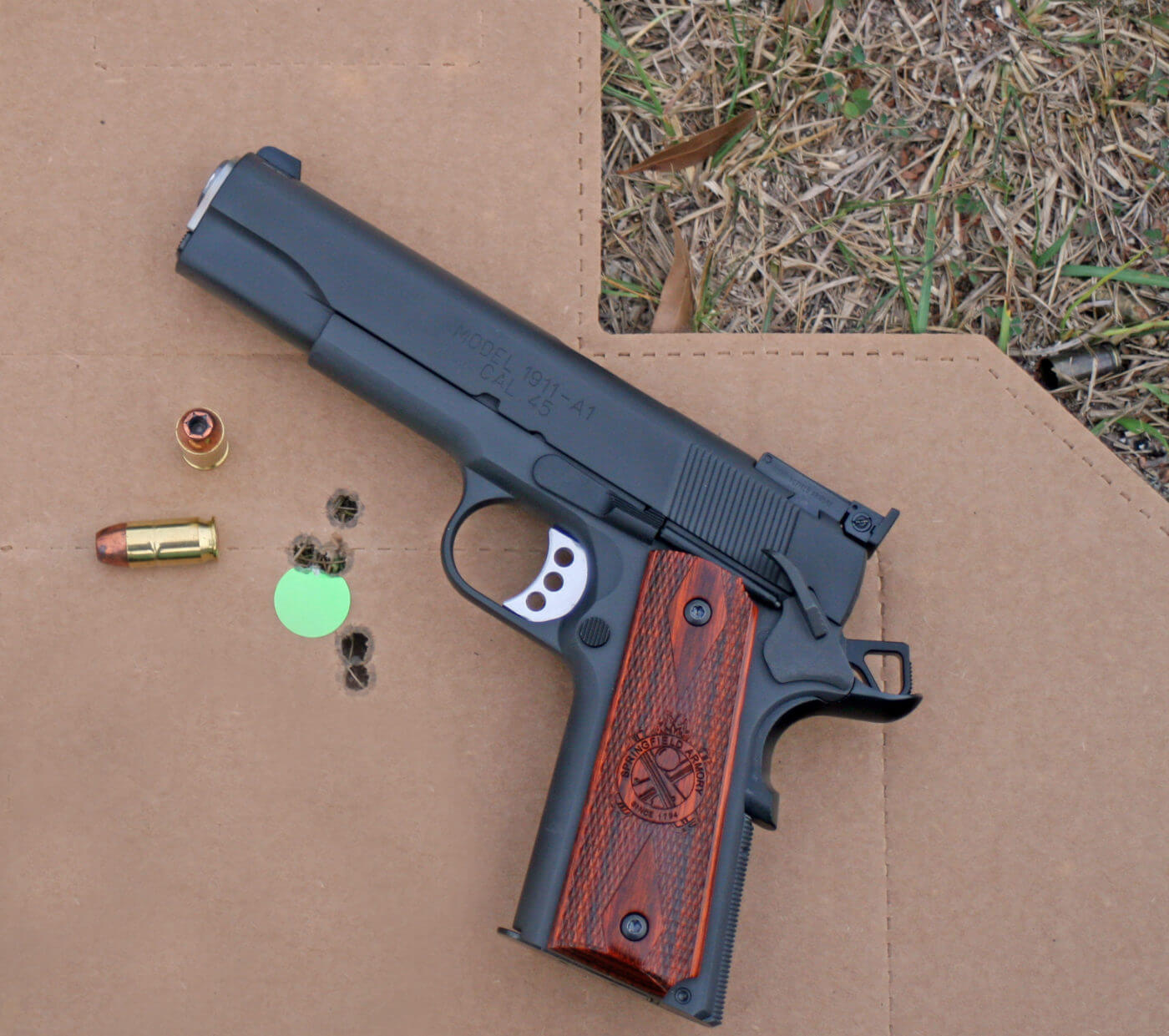
That, however, understates what I believe to be this pistol’s true accuracy potential. Hand-held from the bench, there is potential for unnoticed human error — “uncalled flyers,” if you will. To allow for that, I also measure the best three hits within each group. Testing has shown me that this will closely duplicate what the same gun and load will do for all five shots from a Ransom machine rest. The “best three” measurements of my test loads were as tight as 0.65″ center to center to a largest group of 0.85″. That boiled down to an average of under two inches for the five-shot groups, hand-held and steadied, and an intrinsic accuracy potential of less than three quarters of an inch based on the average “best three” measurements. This extrapolates to 1.5″ at fifty yards: gilt-edged “match accuracy” from a “service-reliable” .45.
Testing another sample Range Officer .45 for On Target magazine, I got a 1.05″ five shot group with four of those in 0.45″ (oddly enough!) of one another, center to center. The ammo was inexpensive MagTech 230 grain FMJ.
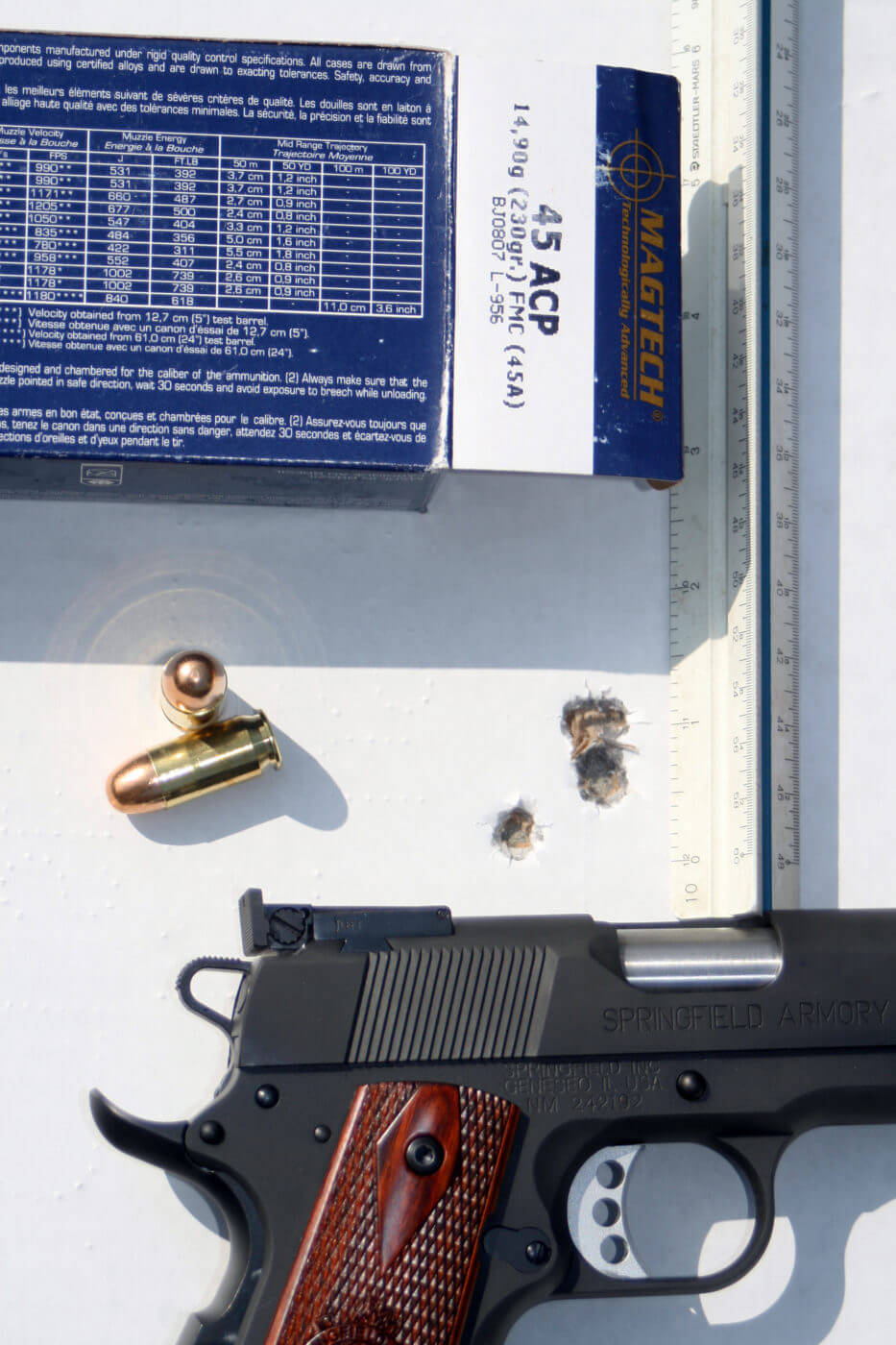
Reliability over a decade has been 100% with standard pressure JHP “duty” and 230-gr. hardball “training” ammo, and this pistol is well past a 10K round count, including being loaned frequently to students with their own 1911s that choked or broke on the firing line. The occasional failures to lock open when empty on an old, worn magazine turned out to be the fault of the mags: they did the same with other 1911s.
“Sprung” for hardball and duty loads, my RO wouldn’t reliably cycle super-mild “softball” target ammo without putting in a 14-pound recoil spring, but that’s par for the course with 1911 .45s. I had one failure to eject on an empty magazine with department issue 230-gr. +P HST, probably due to a recoil spring that was past its expiration date. I replaced the spring and the malfunction was never repeated. My fault, not the pistol’s.
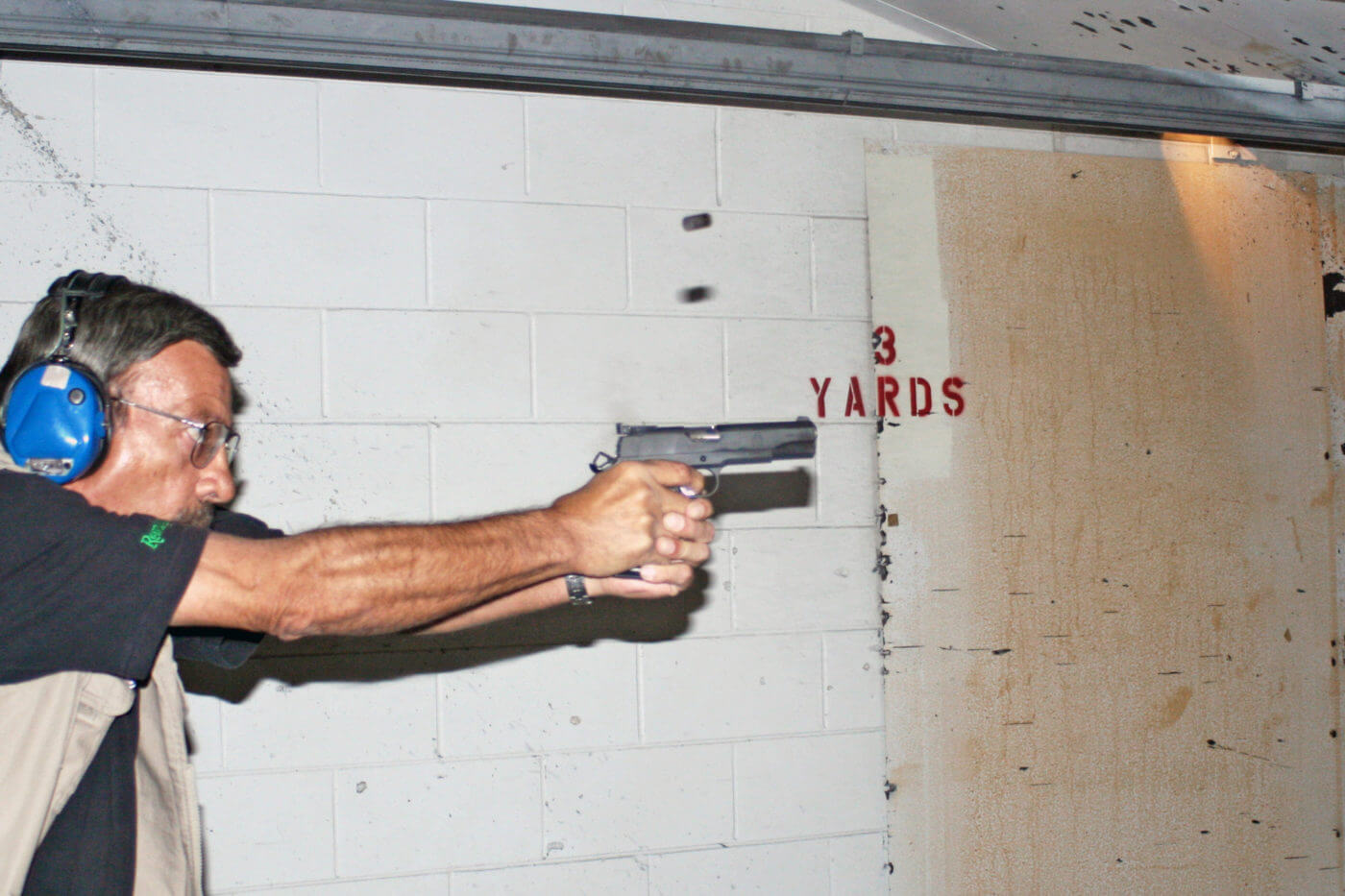
Trusted Partner
My now well-worn Range Officer still perks along. It was my duty pistol for my last two or three years on the police department. Built for business, it has won a couple of IDPA matches for me, and earned me the Top Gun award at a Nebraska Shooters match based on a tough Larry Vickers drill that included 50-yard shooting, all with cheap generic hardball. Hard to ask for more than that.
The RO line has expanded during its decade with us. The 9mm version turned out to work fine, which usually requires a much more expensive 1911 since John Moses Browning designed that pistol for a longer cartridge. Want rugged fixed sights? Can do. Shorter barrel/slide? Check. Ambi safety? Springfield has you covered. Need a light rail? That’s in the Range Officer section of the Springfield Armory catalog too, in the Elite Operator version. However, that last one lists for $1,145. Yet despite almost a decade of inflation, most of the Range Officer models are still under $1,000 suggested retail.
When I wrote this pistol up in GUNS magazine, I pointed out that 25 years before the introduction of the Range Officer, a 1911 that ran this reliably and was just as accurate as this one would cost you $1,200 to $1,500 in 1986 dollars. At that time average annual income in the U.S. was $22,339, the average new house price was $89,463, gasoline was 89 cents a gallon and a first class postage stamp was 24 cents. In 2020, the Springfield Armory Range Officer still gives you all-around top-level 1911 performance for under or right around a grand. And that’s why I think the Springfield Armory Range Officer is a “best buy” in a sub-$1,000 1911 pistol.
Editor’s Note: Please be sure to check out the new The Armory Life forum, where you can comment about our daily articles, as well as just talk guns and gear. Click the “Go To Forum Thread” link below to jump in!
Join the Discussion
Featured in this article
Continue Reading
Did you enjoy this article?

 317
317




